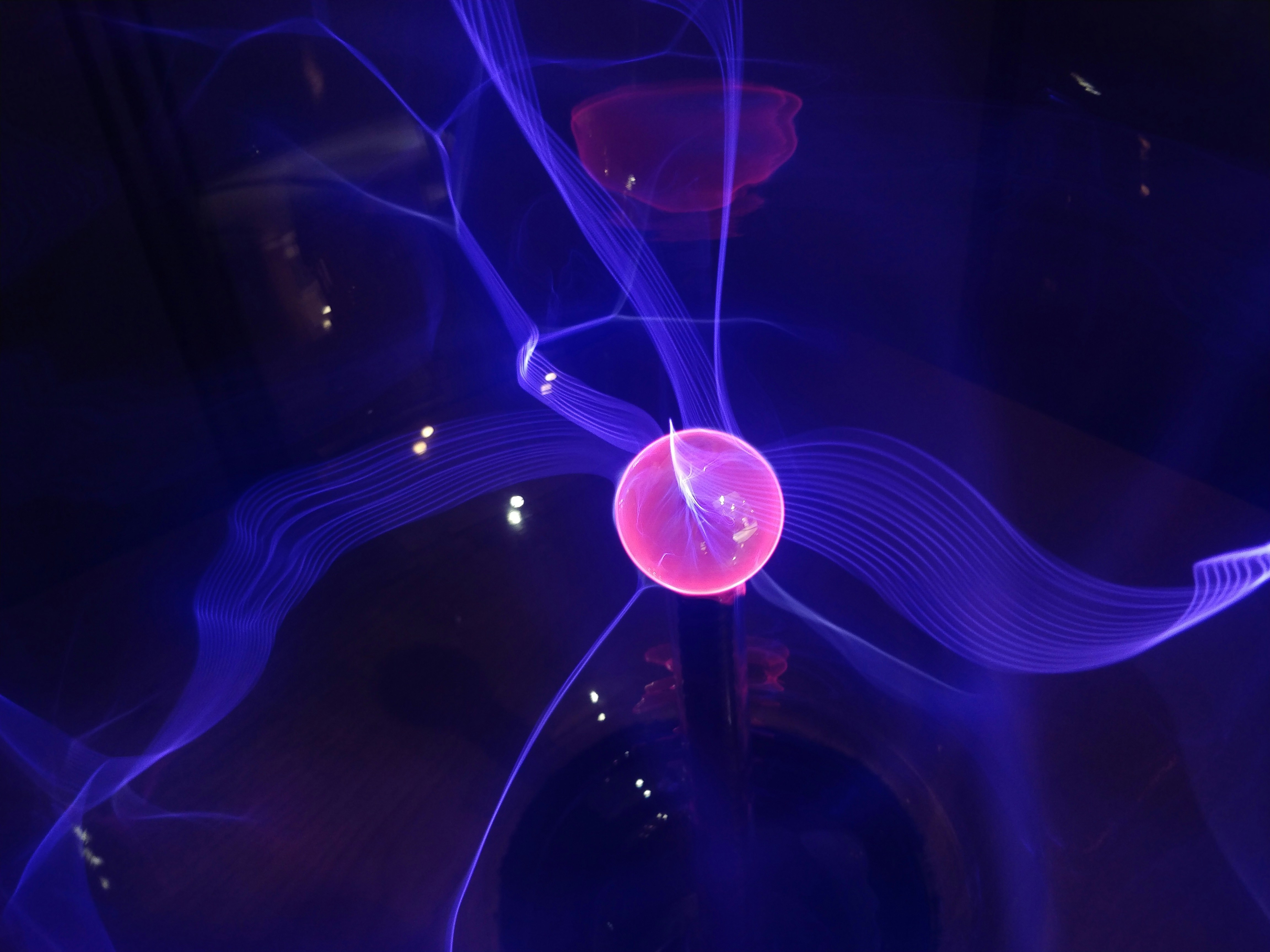Spotlight on the Prosperity Partnership Amplifi

Mach42 is an active participant in the Prosperity Partnership Amplifi (PPA), an EPSRC initiative that is equally funded by the UK Research and Innovation and First Light Fusion. The partnership includes other leading institutes, namely Imperial College London, the University of Oxford and the University of York. The focus is on addressing key scientific challenges of a newly developed approach to Inertial Confinement Fusion (ICF) developed at First Light Fusion.
The user-friendly Discovery Platform (DP) by Mach42 enables students and postdocs of the participating institutes to integrate the use of Machine Learning (ML) methods in their research. In particular, PPA colleagues leverage the optimization and neural network based emulator technologies available on the DP.
Real-world applications
The optimization approach helps with one of the most basic problems in physics, namely the analysis of experimental data where the underlying physical model has a complex parameter dependence, the parameters of interest are not directly measurable, and error propagation analysis is either non-trivial or not viable. Active examples of this within the PPA include:
-
The case of diagnostics of hot electrons arising from laser plasma instabilities
-
Indirect measurements of neutron yield through secondary reaction products
-
Assessments of plasma thermodynamic conditions through X-ray Thompson Scattering probes
Provided a high-fidelity forward model of the experimental event, then parameter estimation is recast into an optimization problem where the objective is to predict the experimental results. The DP optimization tools can efficiently handle such problems for up to a hundred parameters. In addition, uncertainties associated with the indirect experimental results can be quantified using the DP Markov Chain Monte Carlo based application. This samples the experimental parameter space according to the likelihood distribution of the experimental error.
Optimization is also useful in many other more general cases. In one advanced application considered as part of the PPA, optimization is leveraged to maximize the compression of target material by suppressing the growth of disruptive plasma instabilities during induced collapse in ICF experiments.
Comparison of predictions of a Convolutional Neural Network model (top panels) against a high-fidelity plasma code (bottom panels). The panels show the evolution of the electron mean free path (left) and heat flux (right) in one-dimensional space (x-axis) as a function of time (y-axis). L_Te is the temperature scale, ω_pe and κ_pe the electron plasma oscillation frequency and wavelength, respectively, while the heat flux is normalised to the free streaming value. [Credit Mufei Luo, University of Oxford].
The Emulator model
Similarly, Emulator technology finds applications in a wide range of problems. When the forward model is too time consuming, surrogate models can offer a valid alternative that runs in a fraction of a second. This can considerably speed up the above-mentioned data analysis, enabling on-the-fly diagnostics and real-time decision-making, thus opening up the possibility of steering an experimental campaign in the optimal direction.
Attaining this kind of capability is becoming an asset for cutting edge experiments using increasingly complex, rare and expensive equipment.
There are several considerations that must be taken into account each time an Emulator is used, and a balance must be struck between scope of applicability, required accuracy and investment of resources. However, even for relatively simple forward models running in just a few minutes, the advantage of reducing the execution time down to a millisecond can be enormous. Thus, using an Emulator becomes an attractive option even for modelling the time evolution of the current-density plasma relation in Z-pinch driven implosions typically modelled with 1-dimensional magneto-hydro simulations.
Another application of Emulator technology for the PPA involves transferring useful modelling capabilities across different modelling approaches. In particular, under certain conditions occurring in fusion plasma, a proper description of heat transport cannot be expressed in simple mathematical formalism. Instead, a kinetic, 6-dimensional approach is required. However, this approach is too computationally expensive for modelling macroscopic systems.
In comes an Emulator, which can be trained to learn a representation of the relevant kinetic physics using high fidelity simulation data. The trained model can then be employed to augment the modelling capability of a macroscopic model, particularly hydrodynamic simulations of fusion plasmas.
These are just some examples of the work being done for Amplifi. With more applications on the horizon, Mach42 is well placed to support these novel approaches.
